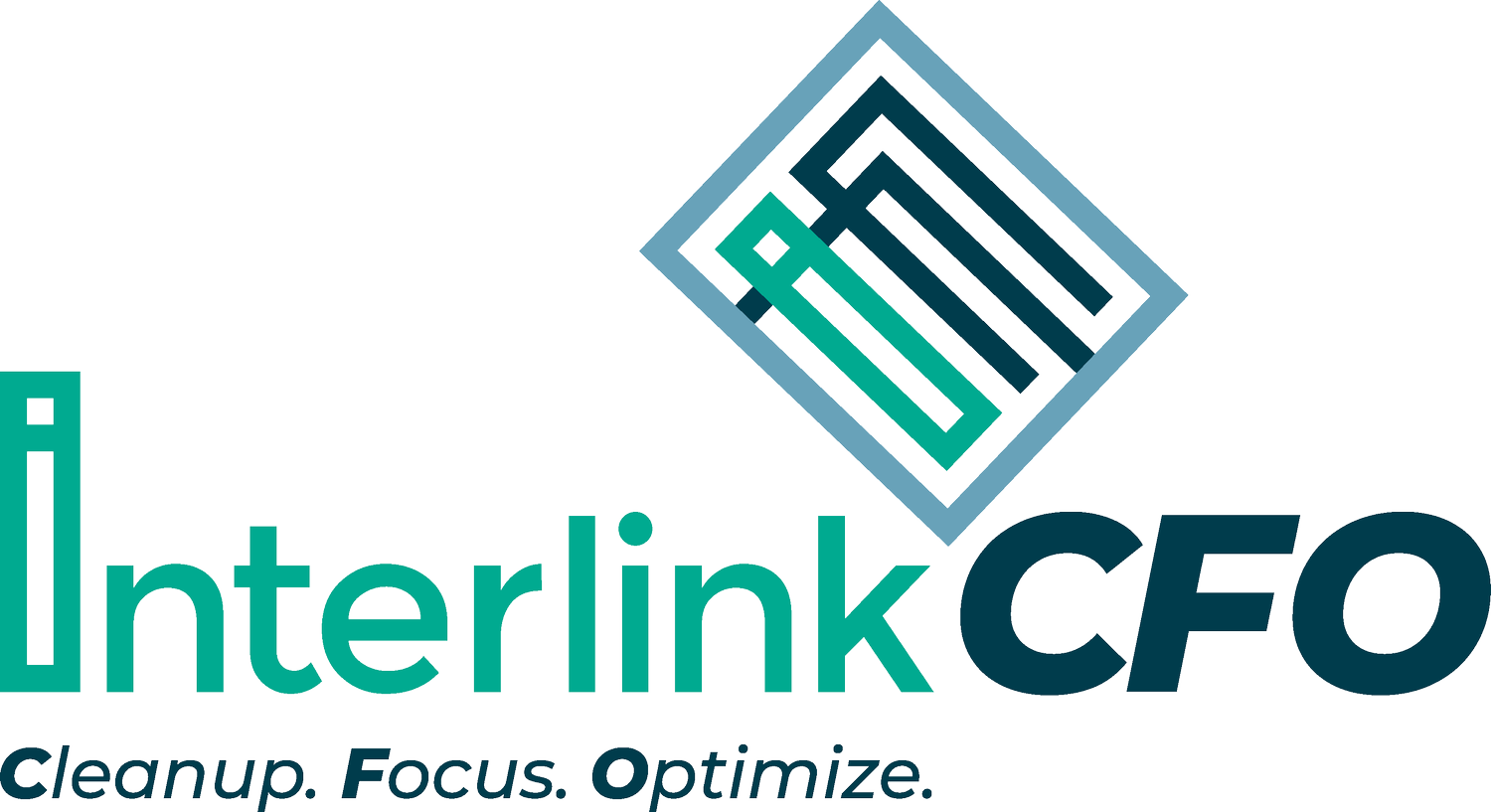The Keys to a Successful Business Acquisition
Mergers and acquisitions (M&A) can be a game-changer for small businesses, offering opportunities for growth, market expansion, and improved operations. However, an acquisition is a complex process that requires careful planning and execution. The due diligence process ensures that prospects are thoroughly assessed and appraised, while the process of post-acquisition integration maximizes resources and operational efficiencies.
Understanding the key steps in acquiring a business is essential to ensuring a smooth transition and long-term success.
Due Diligence: The Foundation of an Acquisition
Once a prospect is identified, conducting a thorough assessment of the business is crucial. This is the due diligence process and involves a deep dive into the target company's financial health, operations, and potential risks to ensure that the business is a good prospect and aligns with your long-term goals. Skipping or rushing through due diligence can lead to unexpected liabilities or even financial losses post-acquisition.
Here are the major components of due diligence:
Financial Analysis: Analyzing financial statements, tax returns, cash flows, profit margins, and revenue trends helps buyers understand the financial health of the target company. Additionally, examining the company’s assets (such as equipment, property, and intellectual property) and outstanding debts are crucial for assessing overall value. This helps buyers ensure there are no hidden financial issues and determines whether the acquisition price is justified.
Risk Analysis: Identifying legal and regulatory risks, credit and reputational risks, or contractual issues helps mitigate potential liabilities. By identifying these potential risks during due diligence, the buyer can decide whether to proceed with the deal or develop mitigation strategies.
Talent Review: Employees are the backbone of any business. Understanding leadership structures, key personnel, turnover rates, and existing employment agreements can prevent post-acquisition disruptions. This is also an ideal time to assess the target company’s talent and determine how to effectively utilize their skills to drive post-acquisition success.
Operations Review: Analyzing vendor agreements, technology infrastructure, supply chain, and workflows is essential. Leveraging operational efficiencies from the target company is key to creating a competitive advantage and improving customer satisfaction.
Post-Acquisition Integration: The Key to Long-Term Success
Closing the deal is only the beginning — the real challenge lies in post-acquisition integration. A structured approach ensures a smooth transition for employees, vendors, and customers while maintaining operational stability. A well-executed integration provides cost savings through economies of scale, reduces risk, creates financial stability, and provides operational continuity — maximizing the benefits of the acquisition and positioning the business for long-term success.
Key areas of focus during the transition include:
Leadership & Communication: Clearly defining leadership roles, communicating changes effectively, and ensuring team alignment are critical for maintaining morale and productivity. Making changes to the overall structure and assimilating teams can be tricky and should be handled swiftly, with purpose given to the goal of creating a sustainable business.
Customer & Vendor Relationships: Keeping customers and vendors informed about changes can prevent service disruptions and maintain trust. Be sure to leverage the relationships of the target company’s vendors and increased purchasing volume for negotiating discounts and terms. Let customers know that this is a positive step in the future of the business and ultimately improves the customer experience.
Process Optimization: Assessing existing workflows and identifying operational synergies can enhance efficiency and reduce costs. Standardizing procedures by leveraging the technologies and workflows of the target company creates opportunities for improvement and maximizes productivity for long-term growth.
Performance Tracking: Setting milestones for the first 90 days post-acquisition helps measure success and address challenges early. When integrating the new business practices of the target company and merging teams, the goal is to start immediately and effectively to maximize the benefits of the acquisition.
Final Thoughts
M&A can be a powerful growth strategy, but it comes with complexities that require expert guidance. By focusing on comprehensive due diligence, financial planning, and structured post-acquisition integration, small business owners can position themselves for long-term success.
At Interlink CFO, we specialize in helping businesses navigate due diligence and enabling smooth post-acquisition transitions — ensuring that your acquisition is a strategic success.
👉 Thinking about acquiring a business? Let’s talk!
